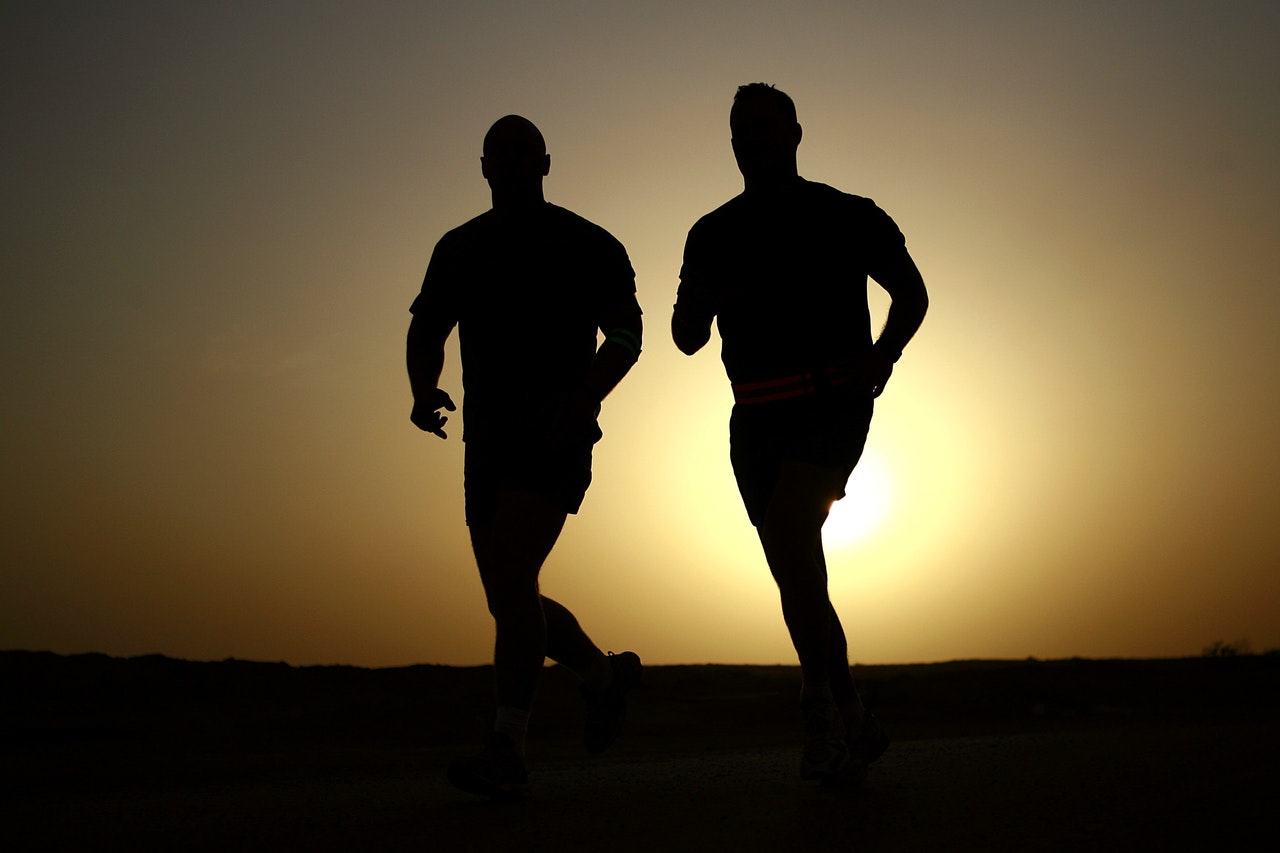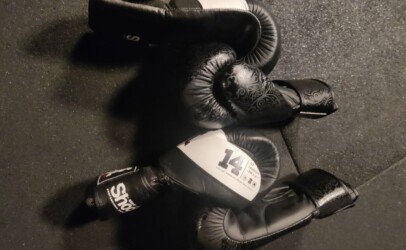https://vmkb.org/privacy-policy/
1 INTRODUCTION
VMKB (website URL address: https://vmkb.org) appreciates your business and trust. Please read this Privacy Policy, providing consent to both documents in order to have permission to use our services.
2 DATA COLLECTED
DATA STORAGE LOCATION
We are Maltese based company and operate web servers hosted in the EU. Our hosting provider adheres to the EU “GDPR”, ensuring that your data is securely stored and GDPR compliant.
REGISTRATION DATA
If you register on our website, we store your chosen username and your email address and any additional personal information added to your user profile. You can see, edit, or delete your personal information at any time (except changing your username). Website administrators can also see and edit this information.
PURCHASE DATA
To receive Products and avail yourself of Gym Membership, you have to have an account on our website. The products and membership codes will be stored together with dates and your user data. This is required for us to provide you with product support and other customer services.
SUPPORT DATA
If you have registered on our website and have a valid account, you can submit your membership payment fees and buy products. Support for purchase and membership submissions are sent to our system. Only the data you explicitly provided is sent.
COMMENTS
When you leave comments on the website, we collect the data shown in the comments form, and also the IP address and browser user agent string to help spam detection.
CONTACT FORM
Information submitted through the contact form on our site is sent to our company email.
These submissions are only kept for customer service purposes and they are never used for marketing purposes, unless you want to, or shared with third parties.
GOOGLE ANALYTICS
We use Google Analytics on our site for anonymous reporting of site usage. So, no personalized data is stored.
CASES FOR USING THE PERSONAL DATA
We use your personal information in the following cases:
Verification/identification of the user during website usage;
Providing Technical Assistance;
Sending updates to our users with important information to inform about news/changes;
Checking the accounts’ activity in order to prevent fraudulent transactions and ensure the security
over our customers’ personal information;
Customize the website to make your experience more personal and engaging;
Guarantee overall performance and administrative functions run smoothly.
3 EMBEDDED CONTENTS
Pages on this site may include embedded content, like YouTube videos, for example. Embedded content from other websites behaves in the exact same way as if you visited the other website.
These websites may collect data about you, use cookies, embed additional third-party tracking, and monitor your interaction with that embedded content, including tracking your interaction with the embedded content if you have an account and are logged in to that website. Below you can find a list of the services we use:
FACEBOOK (META)
The Facebook (Meta) page plugin is used to display our Facebook (Meta) timeline on our site. Facebook (Meta) has its own cookie and privacy policies over which we have no control. There might be installation of cookies from Facebook (Meta) and your IP is not sent to a Facebook (Meta) server until you consent to it. You can consult their privacy policy: Facebook (Meta) Privacy Policy: https://www.facebook.com/privacy/policy/
YOUTUBE
We use YouTube videos embedded on our site. YouTube has its own cookie and privacy policies over which we have no control. There might be installation of cookies from YouTube and your IP is not sent to a YouTube server until you consent to it. You can consult their privacy policy here: YouTube Privacy Policy:
https://support.google.com/youtube/answer/10364219?hl=en#zippy=%2Cyoutube-does-not-sell-your-personal-information
4 COOKIES
This site uses cookies – small text files that are placed on your machine to help the site provide a better user experience. In general, cookies are used to retain user preferences, store information for things like shopping carts, and provide anonymized tracking data to third-party applications like Google Analytics. Cookies generally exist to make your browsing experience better. However, you may prefer to disable cookies on this site and on others. The most effective way to do this is to disable cookies in your browser. We suggest consulting the Help section of your browser.
5 WHO HAS ACCESS TO YOUR DATA
If you are not a registered client for our site, there is no personal information we can retain or view regarding yourself.
If you are a client with a registered account, your personal information can be accessed by:
Our system administrators.
Our customer support department when they (in order to provide support) need to get the information about the client accounts and access.
6 THIRD PARTY ACCESS TO YOUR DATA
We don’t share your data with third parties in a way that reveals any of your personal information like email, name, etc. The only exceptions to that rule are for partners we have to share limited data with in order to provide the services you expect from us.
7 HOW LONG WE RETAIN YOUR DATA
When you submit a purchase, we use this data so that we can recognize you and approve your purchase automatically. If you register on our website, we also store the personal information you provide in your user profile. You can see, edit, or delete your personal information at any time (except changing your username). Website administrators can also see and edit that information.
8 SECURITY MEASURES
We use the SSL/HTTPS protocol throughout our site. This encrypts our user communications with the servers so that personal identifiable information is not captured/hijacked by third parties without authorization.
In case of a data breach, system administrators will immediately take all needed steps to ensure system integrity, will contact affected users and will attempt to reset passwords if needed.
9 YOUR DATA RIGHTS
GENERAL RIGHTS
If you have a registered account on this website, you can request an exported file of the personal data we retain, including any additional data you have provided to us.
You can also request that we erase any of the personal data we have stored. This does not include any data we are obliged to keep for administrative, legal, or security purposes. In short, we cannot erase data that is vital to you being an active customer (i.e. basic account information like an email address).
If you wish that all of your data is erased, we will no longer be able to offer any support or other product-related services to you.
GDPR RIGHTS
Your privacy is critically important to us. Going forward with the GDPR we aim to support the GDPR standard. VMKB permits residents of the European Union to use its Service. Therefore, it is the intent of VMKB to comply with the European General Data Protection Regulation. For more details, please see here: EU GDPR Information Portal:
https://gdpr-info.eu/
10 THIRD PARTY WEBSITES
VMKB may post links to third-party websites on this website. These third-party websites are not screened for privacy or security compliance by VMKB, and you release us from any liability for the conduct of these third-party websites.
All social media sharing links, either displayed as text links or social media icons do not connect you to any of the associated third parties unless you explicitly click on them.
Please be aware that this Privacy Policy, and any other policies in place, in addition to any amendments, does not create rights enforceable by third parties or require disclosure of any personal information relating to members of the Service or Site. VMKB bears no responsibility for the information collected or used by any advertiser or third-party website. Please review the privacy policy and terms of service for each site you visit through third-party links.
11 RELEASES OF YOUR DATA FOR LEGAL PURPOSE
At times it may become necessary or desirable to VMKB, for legal purposes, to release your information in response to a request from a government agency or a private litigant. You agree that we may disclose your information to a third party where we believe, in good faith, that it is desirable to do so for the purposes of a civil action, criminal investigation, or other legal matter. In the event that we receive a subpoena affecting your privacy, we may elect to notify you to give you an opportunity to file a motion to quash the subpoena, or we may attempt to quash it ourselves, but we are not obligated to do either. We may also proactively report you, and release your information to, third parties where we believe that it is prudent to do so for legal reasons, such as our belief that you have engaged in fraudulent activities. You release us from any damages that may arise from or relate to the release of your information to a request from law enforcement agencies or private litigants.
Any passing on of personal data for legal purposes will only be done in compliance with the laws of the country you reside in.
12 AMMENDMENTS
We may amend this Privacy Policy from time to time. When we amend this Privacy Policy, we will update this page accordingly and require you to accept the amendments in order to be permitted to continue using our service




